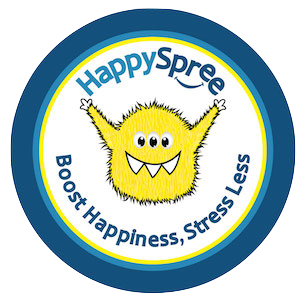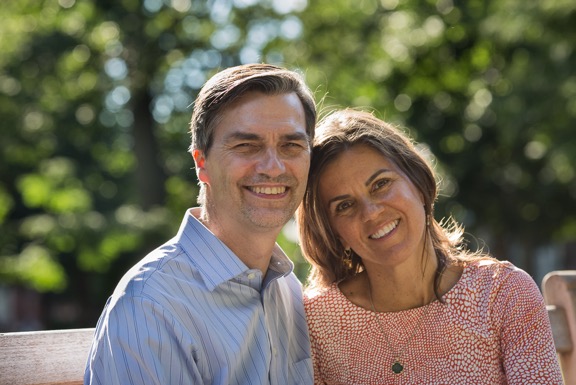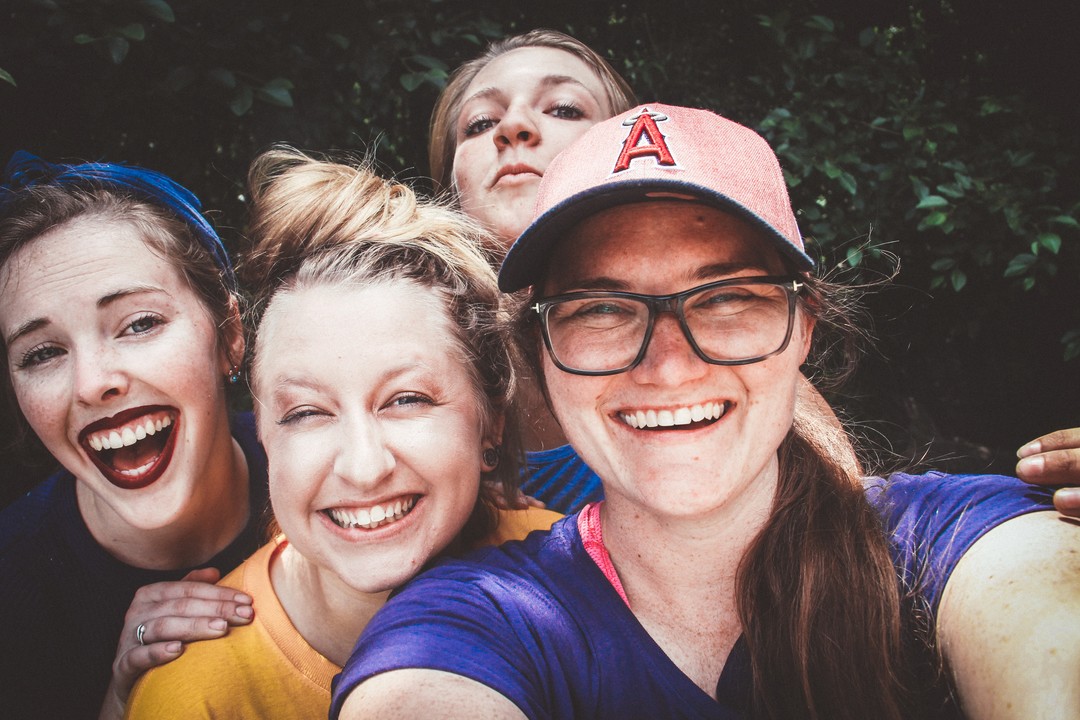Dedicated to my daughter, Kira, my son, Max, and the friends that we lost. I don’t want to lose any more.
My 15-year-old daughter has 5 dead friends. Two summers ago, when she was 13, three of her classmates died. What happened isn’t clear, but for sure it ended in despair.
The morning of the funeral, I filled up my SUV with Kira’s friends, all of them wearing black dresses … oh, just the sight of that hurt my heart. The girls swiped at leaking, red-rimmed eyes.
I handed out tissues, as we headed to the outdoor funeral of their friend, in Park City, Utah. Two more teens would be buried later that week. How had this happened?
How had this happened?
I squished five girls into my car, two double-buckled in one seatbelt. The girls all had parents that were working on this sad weekday. Yeah, we were breaking the law, but who could leave one of them behind to sob alone in her room?
When we arrived at Miner’s Park, I spread out a large blanket on the grass. The girls soon ran off to hug friends.
Teens run in packs, and I understood they might not return. Still, I was there for them, and they knew where to find me.
All around, people stood in groups clinging to each other. As I waited for the funeral to start, I looked up at the summer sky, blue as my heart.
The sky felt empty, like the potential of a dead teenager.
Guitar music began, signaling the start of the service. Two of Kira’s friends returned to my blanket, then another did. Kira slumped in front of me, and then turned and buried her head in my shoulder, like when she was little. My big-girl sobbed silently, her shoulders shaking.
Hugging her tight, I felt the warm sun on her arms, and breathed in her flower shampoo. I thought of the parents of the boy in the casket. How could they cope with this?
I felt guilty as love for my daughter filled my aching heart. I stroked her hair, as more and more teens joined us, spilling off the edges of my blanket. It turns out they wanted my support.
I wish I’d brought more tissues.
After the funeral, I took the girls for bagels. I told them no problem is too large for a trusted adult to help you solve. I asked them to promise me they’d reach out for a metaphorical blanket.
I also told this to my older kids when I got home. I braced myself for duh, and teenage eye roll.
Instead, they met my eyes. They said thanks.
But is this enough? I’m guilty of trying to look good on social media, while crying inside. Will my kids bravely reach out if they need me? I can only hope.
So, thinking back to high school, I knew one teenager that died an early death in a car accident. Although 15, my daughter has grieved the loss of several friends. Also, my older son has lost one friend to terrible circumstances. So we sat, shocked, at another young person’s funeral. A brilliant, funny young man, gone.
Why are so many people giving up?
A General Social Survey (GSS) showed that the number of adult Americans reporting “no close friends” has almost tripled in recent decades. Worse, 25% of respondents reported zero confidants (close friends).
I fear the numbers are worse for teenagers, despite their hundreds (or thousands) of social media “friends”. Do these kids have one trusted confidant to turn to in a crisis?
Do you?
If not, you’re at risk. A 2015 analysis, compiling data on more than 3 million people from 70 studies, found the absence of social connection a greater early death risk factor than smoking up to 15 cigarettes per day. Additionally, loneliness led to greater risk for early mortality than obesity.
Sadly, Kira and her classmates lost another friend to suicide last week. This makes me feel so hopeless, so helpless, and I’m taking this personally. Let’s try to stop this despair.
Let’s put down the social media sometimes to build personal connections, where we look into another person’s eyes. So when you, me, and every kid we know, gets asked the question: “Do you have a close friend that will help you in a crisis?” the only answer is “yes.”
So, let’s spread out our blankets. Who else can’t take it anymore and wants to prevent deaths from suicide? Please comment, like and share …
National Suicide Prevention Lifeline: 1-800-273-8255.

Shellee Godfrey
Shellee Godfrey creates happiness for her clients as a Systems Analyst and writes comedy screenplays based on her smart and sassy 80’s diva background.

















